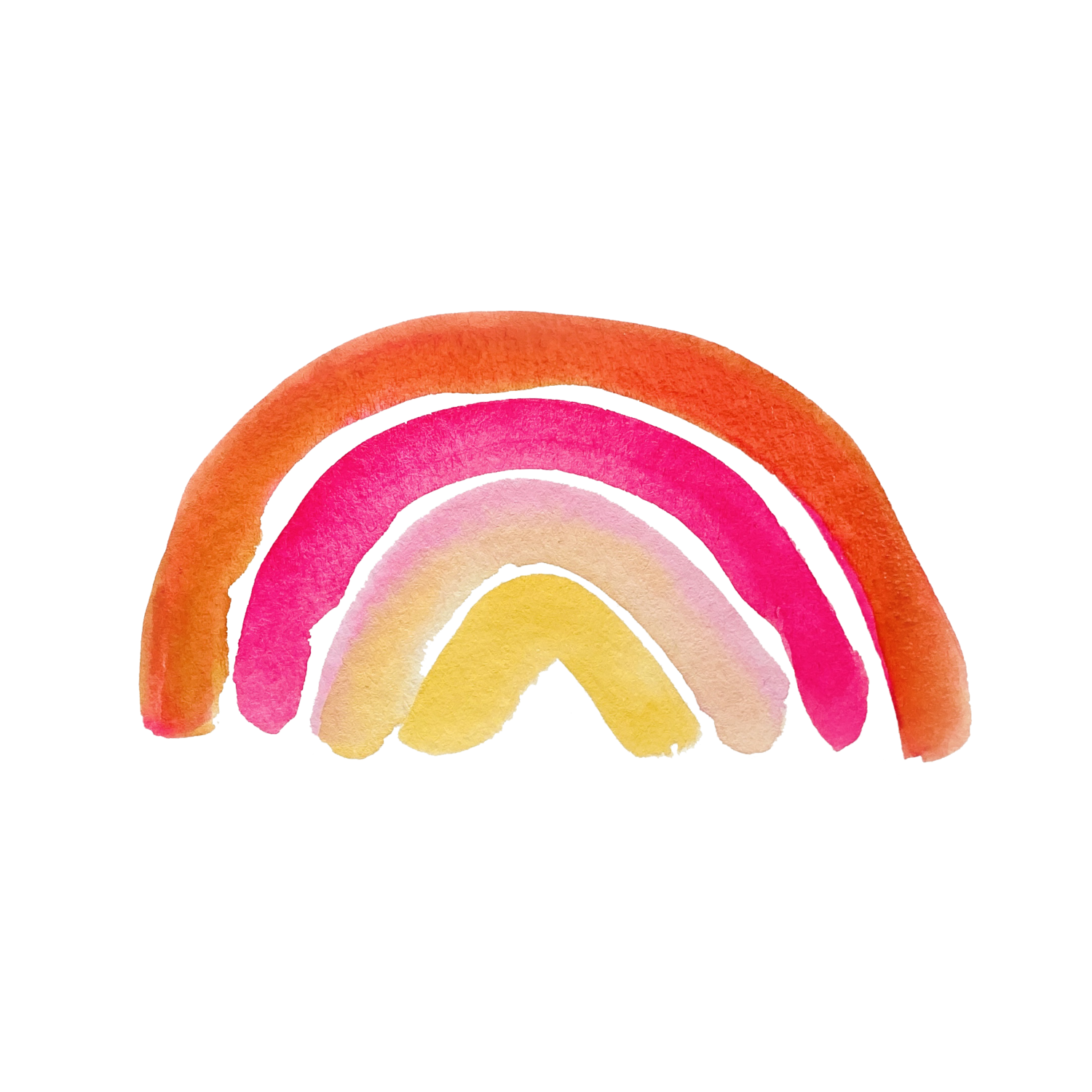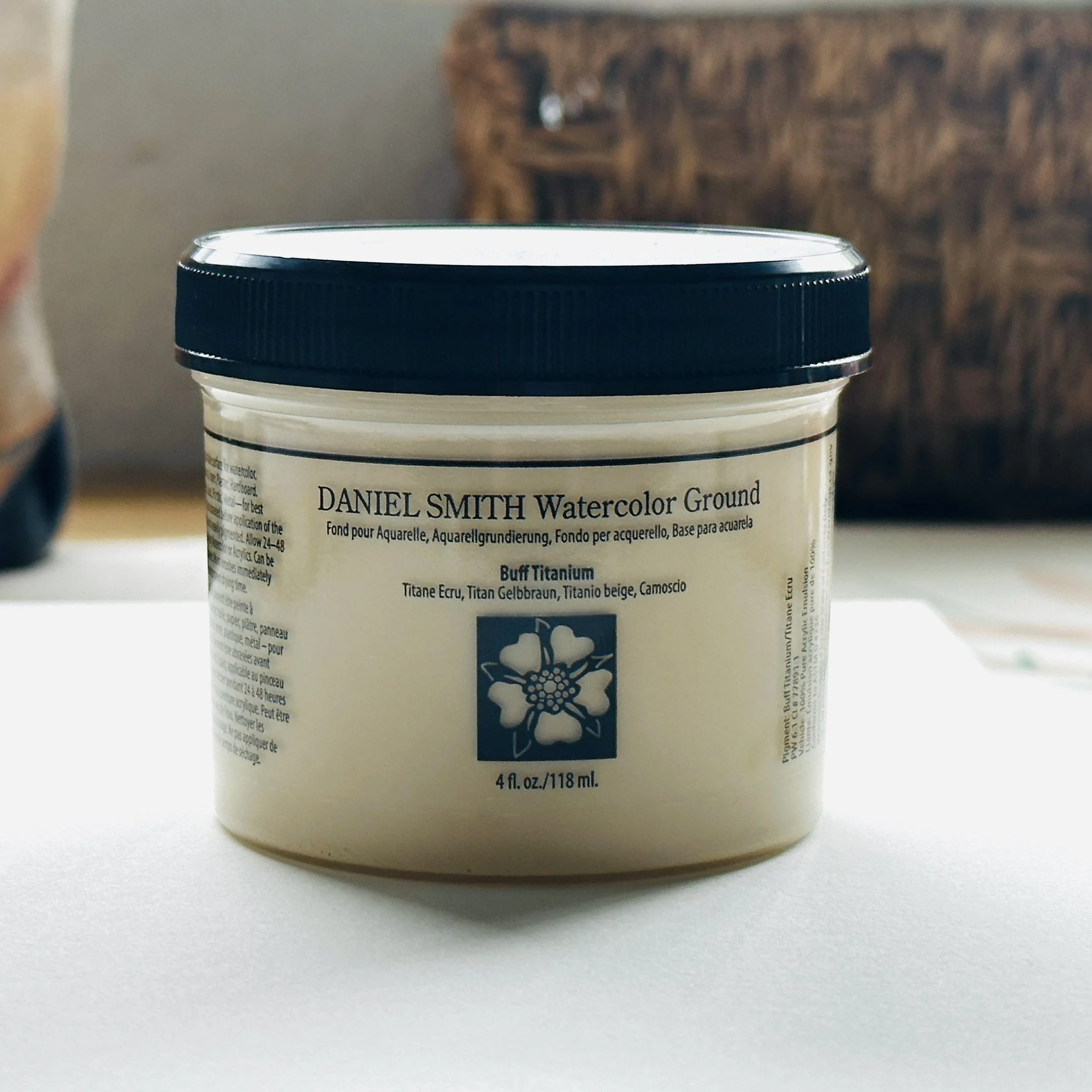What is Watercolor Ground and How Do Painters Use it?
Watercolor ground is a type of primer that can be applied to a variety of surfaces, such as canvas, paper, wood, and even metal, to create a surface that is suitable for watercolor painting. This ground is a liquid solution that dries into a porous and absorbent surface that allows watercolor paint to adhere and spread evenly. In this article, we will explore the different uses of watercolor ground and provide a step-by-step guide on how to use it.
Uses of Watercolor Ground
Transforming Non-Porous Surfaces
One of the primary uses of watercolor ground is to transform non-porous surfaces, such as metal or plastic, into a surface that can accept watercolor paint. This is particularly useful for artists who want to paint on non-traditional surfaces, such as metal or glass. Applying watercolor ground on these surfaces allows the paint to adhere and spread evenly, giving the artist more control over the paint.
Enhancing Absorbency of Surfaces
Watercolor ground can also be used to enhance the absorbency of surfaces that are traditionally used for watercolor painting, such as paper and canvas. By applying watercolor ground to these surfaces, the paint can be absorbed more evenly, resulting in a more vibrant and consistent finish.
Creating Textured Surfaces
Another use of watercolor ground is to create textured surfaces for painting. This is particularly useful for artists who want to create a unique surface for their artwork. By applying watercolor ground in a thick layer and allowing it to dry, artists can create a textured surface that can be painted over with watercolor.
There are different types of watercolor ground that can be purchased. Some of the most popular ones are the Transparent White and Titanium Beige. Depending on the surface you decide to put it on, you can decide on different colors for the ground. This can affect the final product outcome for your painting.
Step-by-Step Guide to Using Watercolor Ground
Now that we have discussed the different uses of watercolor ground, let's take a look at how to use it.
Materials Needed
Watercolor ground
Surface to apply the ground (paper, canvas, wood, etc.)
Paintbrush
Watercolor paint
Step 1: Choose a surface to apply the watercolor ground
The first step in using watercolor ground is to choose a surface to apply it on. Watercolor ground can be applied to a variety of surfaces, including paper, canvas, wood, and metal. It's essential to choose a surface that is suitable for watercolor painting and that will hold up well to the absorption of the ground.
Step 2: Prepare the Surface
Before applying the watercolor ground, it's essential to prepare the surface properly. If you are using paper or canvas, make sure that it is stretched and secured to a board or frame. If you are using wood or metal, make sure that it is clean and free of any debris or dirt.
Step 3: Apply the Watercolor Ground
The next step is to apply the watercolor ground. It's essential to stir the ground thoroughly before use to ensure that it is well mixed. Using a paintbrush, apply the ground evenly to the surface, making sure to cover the entire surface. The thickness of the ground layer will determine the texture of the surface. For a smoother surface, apply a thin layer of ground, while for a more textured surface, apply a thicker layer.
Step 4: Allow the Ground to Dry
Once you have applied the watercolor ground, allow it to dry completely. This can take anywhere from a few hours to overnight, depending on the thickness of the ground layer and the humidity in the environment. It's important to allow the ground to dry completely before painting on it to avoid any smudging or bleeding of the paint.
Step 5: Paint with Watercolor
Once the watercolor ground has dried completely, you can begin painting with watercolor. The ground will provide a porous and absorbent surface that will allow the paint to spread evenly and absorb into the surface.



